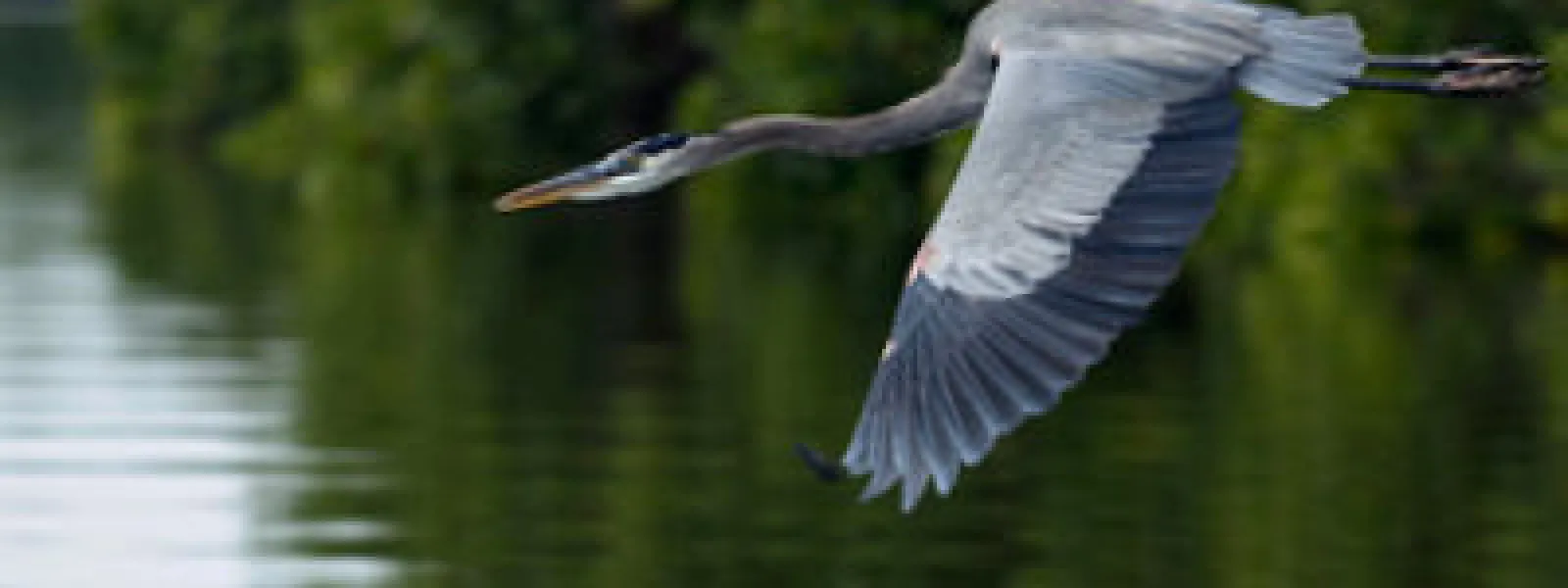
Resort endangers Mexican mangroves and wetlands
A proposed resort three times the size of Cancun is bad news for Mexico’s fragile coastal mangrove ecosystems. Costa del Pacifico (CIP), a mega-resort that the Mexican government is planning to build near Mazatlan, is expected to attract three million visitors by the year 2025. If this project proceeds as planned, it will imperil nearby wetlands that safeguard Mexico’s last remaining mangrove forests and 60 endangered species. AIDA is working to protect these treasured ecosystems.
There is still hope for the mangroves because Mexican authorities specified in May 2011 that CIP will be built in stages that require completion of environmental studies and permits.
In June 2009, we submitted a petition to the Secretariat of the Ramsar Convention (SRC), an international treaty aimed at wetlands conservation. In this petition, AIDA and five co-signing environmental organizations called upon the SRC to encourage and support the Mexican government in conducting a comprehensive environmental review of the CIP project, as required by national and international laws.
The proposed CIP resort is located at the edge of Marismas Nacionales and in close proximity to Laguna Huizache-Caimanero, both of which are classified as “wetlands of international importance". These biopersity hot spots support an astonishing array of wetlands wildlife including birds, fishes, mammals, reptiles and plants. Many are already threatened or endangered, such as the puma, jaguar, river otter, collared peccary, white-tailed deer, American Crocodile, Boa constrictor and Mexican Beaded Lizard.
To provide water and electricity to resort guests, the Mexican government proposes building a hydroelectric dam in the San Pedro River. This dam would sharply reduce water flow to the Marismas wetlands, directly harming plant and animal populations and disrupting movement and migration patterns critical to many species’ survival. The government also plans to pert substantial amounts of water from the Presidio River for irrigation, an action likely to harm the Laguna Huizache-Caimanero wetlands as well.
As with most golf courses, substantial amounts of chemical pesticides and fertilizers will likely be applied to the resort’s four courses and extensive landscaping. Toxic runoff from these areas would contaminate the wetlands, potentially poisoning many animal species and causing algae blooms that create oxygen-starved dead zones.
All these different impacts combined would likely cause extensive damage to the forest of mangrove trees that dominate the wetlands. Mangroves are barrier ecosystems that shelter coastlines from the damaging impact of storms. Mangrove ecosystems are also thriving nurseries for breeding fish and migratory birds. Marismas Nacionales, for example, harbors more than 100 species of migratory birds.
In addition, mangroves act as powerful carbon sinks that help buffer the effects of climate change. The trees actively remove excess carbon dioxide (CO2) in the atmosphere (up to 50 times more efficiently than tropical rainforests), and the peat sediment that nurtures the trees acts as a reservoir for large quantities of CO2. Consequently, when mangroves are destroyed, we lose both their ability to absorb excess CO2 and we introduce new carbon dioxide that was previously locked up in the sediment.
At AIDA’s request, a SRC technical mission toured the area in June 2010 to gather information. The following August the SRC mission issued a report which recommended that the government carry out a strategic environmental evaluation to determine the cumulative effects of multiple mega-projects on these wetlands, take account of the multiple environmental goods and services provided by these wetlands, and document the inter-connected nature of the Huizache Caimanero-Marismas Nacionales ecosystems. The report further recommended that the relevant water, fishing, and environmental protection authorities be incorporated into the National Committee for Wetlands.
The SRC mission noted that massive tourist developments should not be constructed in Ramsar protected wetlands, given the importance of these areas for Mexico and the international community. It also recommended that the Marismas Nacionales and Huizache Caimanero wetlands be added to the Register of Montreux, which contains a list of all Ramsar wetland sites that are gravely threatened.
This is an important example of how civil society participation can help in the conservation of protected wetlands. AIDA will continue to play a role in the protection of Mexican wetlands by urging full compliance with the Ramsar Mission's recommendations.
AIDA Staff

Founded in 1998, AIDA is a nonprofit environmental law organization that works across international borders to defend threatened ecosystems and the human communities that depend on them.
